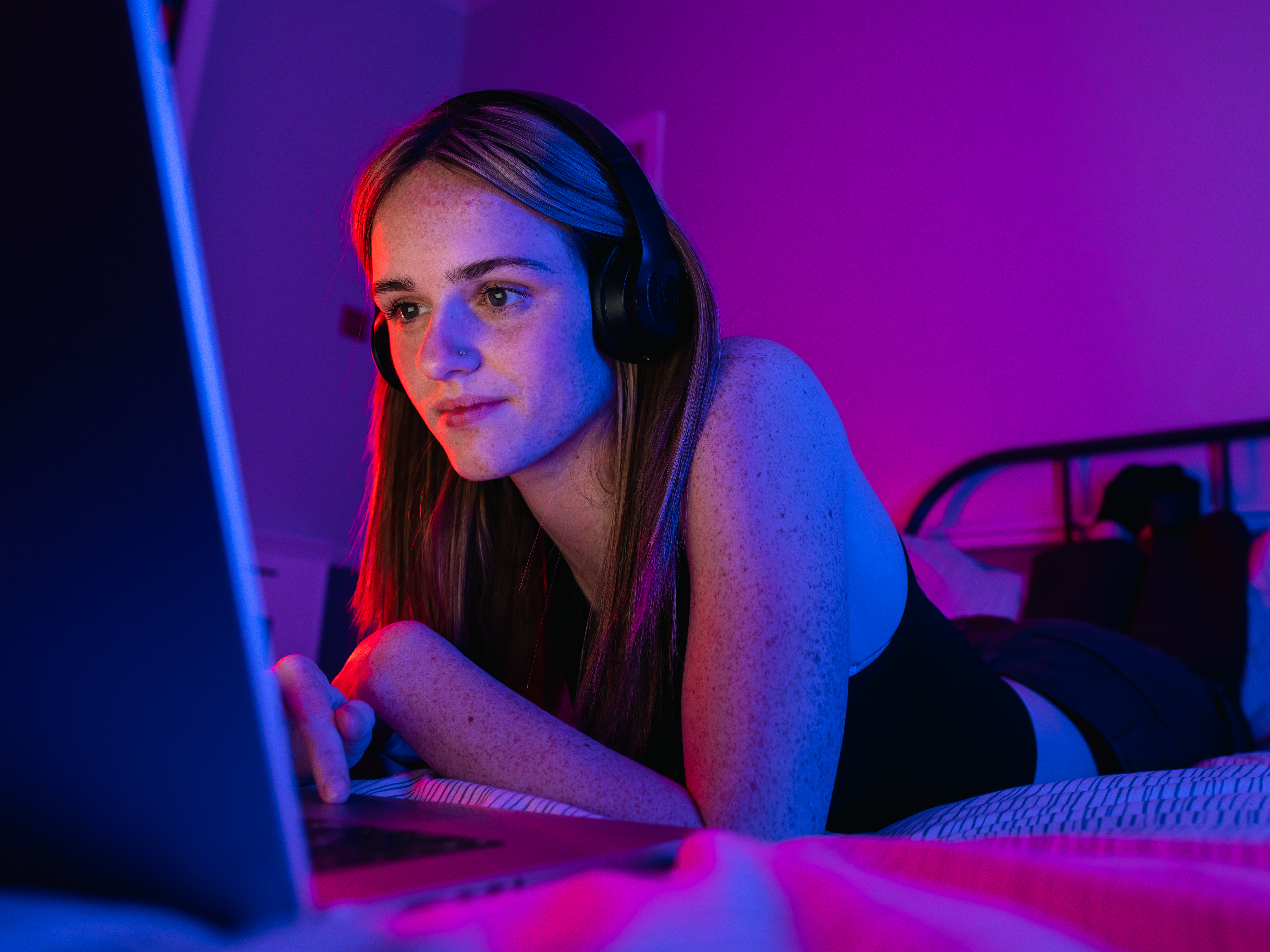
“The pandemic has forced us to think differently about open days."
You dig out your DeLorean, fire up the flux capacitor and tap in a target date in 2019. A bumpy ride and three large flashes later, you find yourself on a university campus you don’t recognise, surrounded by students celebrating the launch of Greggs vegan sausage rolls and the demise of Theresa May.
You could be at any university in the country, but one thing is for sure: in an office nearby there’s a marketing team rolling out a perfect open day marketing strategy, carefully honed over years of trial and error. With something this important in the student recruitment cycle, nothing is left to chance.
But then everything changes. Like an unwelcome 80s sci-fi reference, the world suddenly finds itself living in cyberspace. Universities everywhere close their doors, the best-laid marketing plans are in tatters, and Gemma from the SEO team is on mute again.
So back to the future. As universities work to figure out what another normal could look like, how do you go about making your next open day a blockbuster?
Widen your audience with the right online offering
“The pandemic has forced us to think differently about open days,” says Paul Woods, Marketing and Student Recruitment Director at Middlesex University. “It’s been a relentless and creative challenge [1] to come up with ways to bring the campus vibe into people's homes.”
Even as some universities are able to return to on-campus events, few are considering dropping online events entirely. “Once you’ve put the work in to create one good online open day, you’re set up for rest,” says Emma Bridge, Associate Director of Communications at the University of Leicester. “And most universities will be keeping theirs because they can reach an audience they never used to get.”
Physical open day attendance is always limited to those who can make it on the day, and getting to a campus is not always feasible or affordable for students living far away – or even abroad. “International students can suddenly get a real experience with a virtual campus tour or a hand-held camera walking tour,” says Bridge. “They can join home students in the online open days and feel included”.
The key to getting international students to turn up is all in the timing, according to Julia Weston, Head of Marketing and Communications, life sciences at UCL. “Half your potential audience could be in bed, so you have to consider whether to do an event at 8am or 6pm,” she says. But even for home students, the time and day of your online events matters: “Think about whether you are targeting students; or parents, guardians or carers – and when they are available.”
For Woods, the solution is on-demand content. “It fits with how young people are consuming content now – the Netflix generation wants to watch things on their own terms,” he says.
“If things happen online, you can make a content hub where the open day presentations are always available.” He says it’s also good for attracting parents, who may be more interested in practical details than the ins-and-outs of the course content: “They can just focus on the details they are interested in, and skip past the rest”.
Embrace the new reality
While the online open day is not a new concept – the hybrid model that many universities look set to offer going forward is a largely untested approach – and may bring with it new opportunities for creative marketing and driving attendance.
Woods notes that the University of Derby have embraced hybrid open days innovatively, with large screens around campus allowing them to project digital content onsite, and smaller screens offering the same great on-demand content as online.
And he thinks this is just the start. With the growing availability of new technologies like augmented reality (AR), university marketers have new tools to enthuse students about attending open days. “We did a really successful experiment this year where we sent direct mail to students with an AR pop-up campus they could view through their phone at their dining table,” says Woods. “It was a basic concept but it could really transform online virtual campus tours, which can be clunky and dated.”
On campus, attending open days could be even more worthwhile for prospective students wanting to get a feel for the university enhanced by new technologies. “They could hold a phone against a building and get a feel for the inside without even going in, or see it as it would be during term time,” he says.
Remember the real
But when targeting a generation that spends so much time online – even before the pandemic, many university marketers have noted how much prospective students enjoy receiving something physical in the post.
Direct mail still has an important part to play in the marketing mix for Weston, and she says simple and small is the way to go: “For an in-person open day, students could be sent out a golden ticket invitation. It’s a VIP thing that says, ‘you’re special’”.
She says she’s also seen good feedback from students about postcards wishing them good luck with their exams, and has seen students sharing them with peers on social media.
Ultimately though, whether your marketing strategies embrace the classic channels, or resemble something dreamed up by Doc Brown and Marty McFly, the key to success, according to Woods, is differentiation.
“Your average 17-year-old is being bombarded by 100s of universities on social media and via every other channel’” he says. “Look at what defines your university – and think about how to give a taste of what student life would be like there."
And if things don’t go to plan? Well, there’s always that trusty DeLorean...




